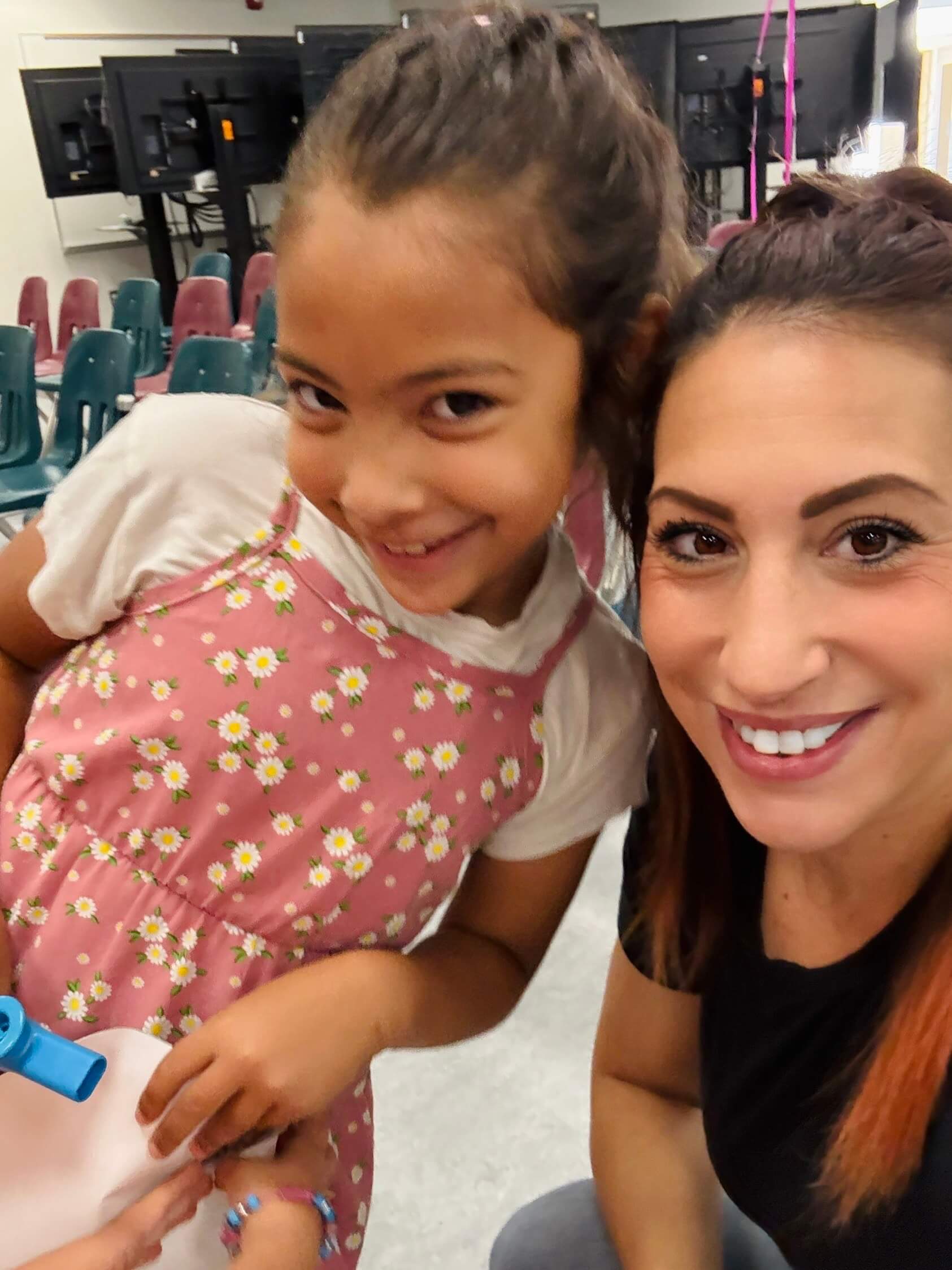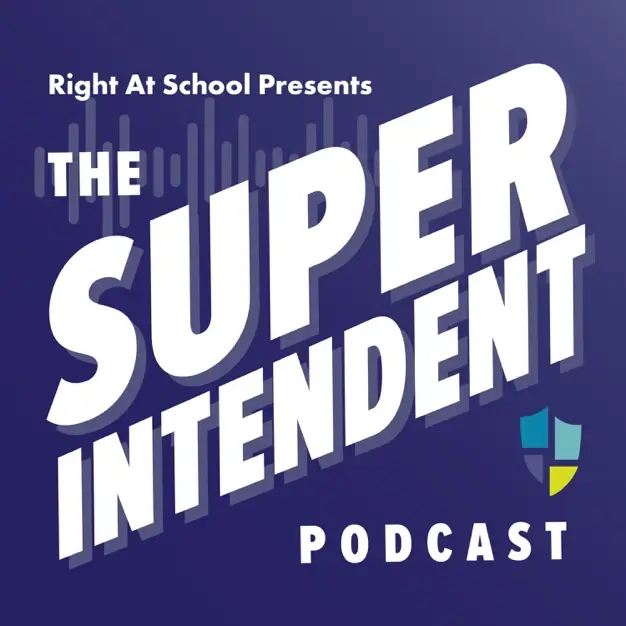
By Dr. Dawn Bridges, Vice President of Educational Affairs
This post is a continuation of The Educational Ecosystem, Part 1 and Part 2
How can a district build or enhance an educational ecosystem?
The first step to creating or adjusting an ecosystem for optimal performance and effectiveness is to take stock of what’s already in place. A needs assessment or SWOT (strengths, weaknesses, opportunities, threats) analysis can help identify what’s working and what’s not, and what can be improved.
It is essential to involve representatives from all stakeholder groups in this process and to check in with them at regular intervals. This inclusion and empowerment of all members of the district community unleashes new potential to troubleshoot and tackle new challenges, brainstorm and innovate, and set and achieve more ambitious goals. It also takes some of the pressure off of district leaders since they no longer have to go it alone.
Here are some sample questions to consider as part of this assessment or analysis process:
- In our current district plan, which strategic goals are being achieved? Which are not and why?
- What does student “success” look like in our district? What do we want students to know, understand, and be able to do?
- How are student outcomes being measured quantitatively and qualitatively over time? What checks and balances are in place to ensure we are reaching our goals?
- What does a typical day look like in a school building? Can the day be restructured or extended to better serve students, teachers, and families? Could extra time before and after school better support students in achieving targeted outcomes?
- If the district already offers a before and/or after school program, does it offer standards-aligned enrichment that supports district goals, or is it merely babysitting? Is the program on-site at school, or do students have to be bussed or transported by their parents to another site?
- What systems, structures, programs, etc., have been added to or removed from the ecosystem, and what has been the impact?
- Are partner organizations and vendors expanding the district’s capacity, maintaining the status quo, or draining time and/or resources that could be better spent elsewhere? How could new or existing partners help address urgent needs and persistent challenges (e.g,, student learning loss, behavioral issues, teacher burnout, staffing shortages), etc.?
- Who are current community partners (e.g., nonprofits, businesses, government entities like police and fire departments, etc.)? Are there others who should be part of the ecosystem? How can these external resources be combined with district resources to better support students’ education, development, and well-being?
It should also be noted that, while every educational ecosystem is different, districts can still learn a great deal from each other.
- What is happening in other districts in the city, county, and state, or across the country? Can the district’s educational partners also provide insights into what other districts are doing to better support students?
- What are other countries doing?
- What best practices or innovations in other fields could be applied to education?
Districts can expand their capacity to support the needs of the whole child and ensure that each student gets what they need when and where they need it.
— Dr. Dawn Bridges
Is the ecosystem able to evolve as needs change?
In the United States, the current education system has been relatively unchanged for 125 years.
An educational ecosystem, however, is not static. It is alive. It is a flexible, nimble system that can change and evolve as the needs and priorities of its people and environment do.
A key benefit of the educational ecosystem is that it is greater than the sum of its parts. With all hands on deck, districts can work smarter, not harder, to meet strategic goals. They can expand their capacity to support the needs of the whole child and ensure that each student gets what they need when and where they need it.
Now what?
Educators are natural advocates for students. Daily we advocate for and about our students to meet their individual and collective needs. As educational leaders we push forward the work in school districts. All of this is advocacy. Now more than ever there is a need to create ecosystems for students. Out of School time (OST) is a critical component of this ecosystem. We need district leaders to advocate for more intentional OST opportunities for students. What does it take to be an OST advocate?

Dr. Dawn Bridges
Dr. Dawn Bridges has over 25 years of experience in the fields of education and professional learning, having held the roles of teacher, reading specialist, special education coordinator, principal, and assistant superintendent for curriculum and instruction. She has dedicated her career to ensuring that all students have the support they need to thrive in and out of school. You can follow Dr. Bridges on LinkedIn and Twitter and subscribe to the RAS blog to keep up with her work.








